The Importance of Professional Website Design in Today’s World

In today’s digital age, having a #professional_website is no longer a luxury option, but an undeniable necessity for any business or individual who wants to have an effective presence in the online world.
A professional website design not only establishes your online presence, but also acts as the digital storefront for your business, making the first impression on your audience.
This educational section will help you understand the importance of this topic.
A well-designed website builds user trust and increases your credibility.
Conversely, a poorly designed or outdated website can drive potential customers away and harm your brand.
This is not just about appearance, but also includes functionality, speed, and ease of use.
In today’s competitive world, differentiating yourself from competitors through a powerful online platform is vital. Professional website design allows you to tell your brand story, showcase your products and services, and effectively interact with your customers.
It is an investment that brings long-term returns for you and opens a window to new markets and countless online opportunities.
Are you tired of your e-commerce site having visitors but no sales? Rasaweb solves your main problem with professional e-commerce website design!
✅ Significant increase in sales with targeted design
✅ Flawless user experience for your customers
⚡ Get a free consultation!
Initial Steps of Website Design from Idea to Planning

Before starting any coding or graphic design, the planning and strategy phase for building a professional website is of paramount importance.
This stage includes defining the main goals of the website, identifying the target audience, competitor analysis, and developing a comprehensive content strategy.
First, you need to clearly define what your goal is for launching this website. Do you want to sell products, provide information, build a community, or simply have a personal portfolio? Answering these questions will determine the overall design direction.
Next, you need to accurately identify your target audience; what are their needs, interests, and online behaviors? This understanding helps you create engaging and relevant content that appeals to them.
Competitor analysis is also an important part of this stage.
Examining successful competitor websites can be inspiring and, at the same time, reveal their strengths and weaknesses, allowing you to learn from their mistakes and leverage existing opportunities.
Finally, developing a content strategy, including the type of content (text, image, video), tone, and publishing schedule, lays the foundation for a powerful and effective website.
This phase is a comprehensive guide for the next steps.
Choosing the Right Platform and Technology for Your Website
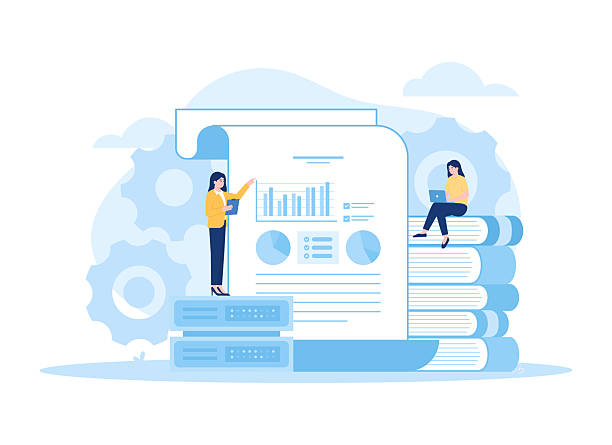
Choosing the right platform and technology is one of the key decisions in the professional website design process, directly impacting your website’s scalability, security, and ease of management.
There are numerous options available, each with its own advantages and disadvantages.
Content Management Systems (CMS) like WordPress are ideal for users with less technical knowledge, offering high flexibility in adding features through plugins.
For online stores, platforms like Shopify or WooCommerce are considered specialized and powerful options.
Conversely, for complex and custom projects, developing a website from scratch using programming languages like HTML, CSS, JavaScript, and backend frameworks like Python with Django or PHP with Laravel is preferred.
This approach provides full control over code and functionality but requires deeper technical knowledge and more time.
Below is a table comparing common platforms to simplify your decision-making.
This is an explanatory section to help you choose.
| Feature | WordPress | Shopify | Custom Development |
|---|---|---|---|
| Primary Purpose | Blog, Corporate Site, Online Store | Online Store | Any type of website with specific needs |
| Ease of Use | Medium to High | High | Low (requires coding knowledge) |
| Flexibility | High (via plugins) | Medium (limited to Shopify ecosystem) | Highest (custom coding) |
| Cost | Variable (hosting, theme, plugins) | Monthly subscription + fees | Usually High (design and development) |
Principles of User Interface (UI) and User Experience (UX) Design
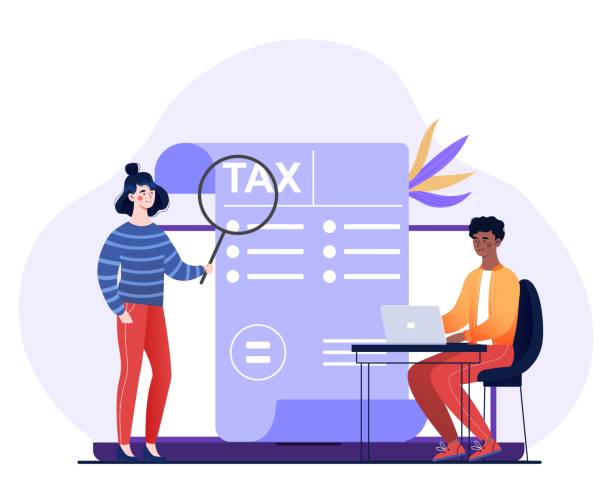
To ensure your advanced website development is truly successful, focusing on the principles of User Interface (UI) and User Experience (UX) design is crucial.
UI refers to the look and feel of your website, while UX is about how users interact with the website and their satisfaction with that interaction.
A precise analysis of user behavior can help continuously improve UX.
Professional website design should have intuitive and simple navigation so that users can easily find what they are looking for.
Using proper visual hierarchy, sufficient white space, and responsive design, which displays your website well across all devices (mobile, tablet, desktop), are fundamental principles.
Website loading speed is also an integral part of a good user experience; today’s users are impatient, and a slow website is quickly abandoned.
Furthermore, considering accessibility for people with disabilities is not only an ethical requirement but can also expand your audience reach.
The ultimate goal is to create a smooth, enjoyable, and efficient user experience that encourages users to return and interact more with your website.
Are you dissatisfied with the low sales of your e-commerce site?
Rasaweb is your solution for having a professional and high-selling e-commerce website.
✅ Significant increase in sales and revenue
✅ Easy and enjoyable shopping experience for customers
⚡ Get a free consultation from Rasaweb now!
Creating Engaging Content and Optimizing for Search Engines (SEO)
![]()
Content is king; this statement holds true in the digital world more than ever.
Professional website design without valuable and engaging content is like an empty shell.
Producing entertaining, informative, and audience-relevant content is the cornerstone of attracting traffic and converting visitors into customers.
This content can include blog articles, product descriptions, videos, infographics, or even podcasts.
But simply creating content is not enough; this content must also be optimized for search engines so people can find it.
Search Engine Optimization (SEO) is a process that helps your website achieve a higher ranking in search results.
This includes keyword research, proper use of them in titles and text, image optimization, appropriate URL structuring, and creating high-quality backlinks.
A strong SEO strategy drives organic (free) traffic to your website, leading to increased visibility and business growth.
This section is both educational and explanatory, setting you on the right path.
Website Security and Post-Launch Maintenance
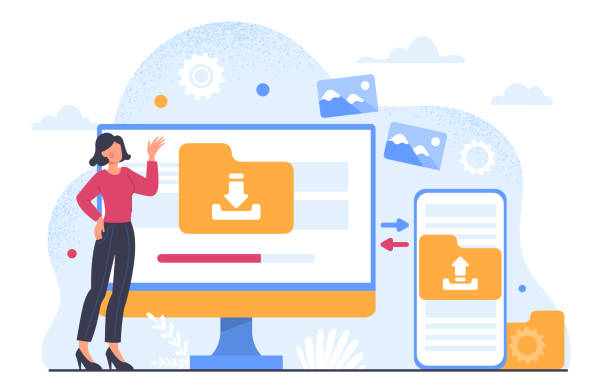
After a successful launch, your professional website design requires continuous maintenance and protection against cyber threats.
Website security is a critical issue that should never be overlooked.
Installing an SSL certificate to encrypt communications, using strong passwords, regularly updating the platform and plugins, and routinely backing up data are among the essential measures to maintain your website’s security.
This specialized section provides you with a deep understanding of these needs.
DDoS attacks, SQL injection, and XSS are just a few examples of threats your website might face.
Having a strong security plan and a ready technical support team can prevent irreversible damage.
In addition to security, regular website maintenance is crucial to ensure optimal performance and provide a smooth user experience.
This includes checking for broken links, optimizing the database, clearing cache, and monitoring loading speed.
Proactive maintenance not only prevents larger problems from occurring but also helps improve SEO rankings and maintain user trust.
Introduction to Useful Tools and Resources for Web Designers
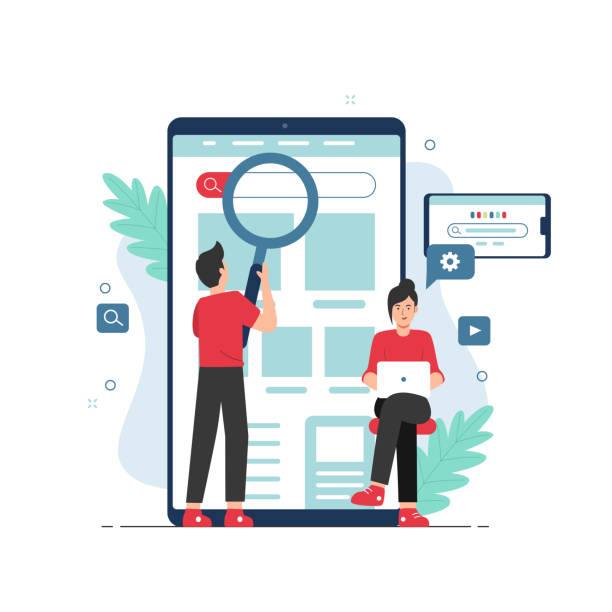
For anyone involved in building a successful website, familiarity with available tools and resources is a necessity.
The world of professional website design is full of powerful tools that can increase your productivity and improve the quality of your work.
From graphic design software like Photoshop and Illustrator for creating attractive visual elements, to advanced code editors like Visual Studio Code (VS Code) and Sublime Text, which offer numerous features for coding.
Project management tools like Jira or Trello are also useful for organizing tasks and team collaboration.
For testing and debugging, browsers have powerful built-in developer tools that help you identify and fix problems.
Additionally, online educational resources such as Coursera, Udemy, and specialized blogs provide excellent educational platforms for learning new skills and staying up-to-date with the latest trends.
Below, a table of some essential tools and their categories is provided.
This is a practical guide for you.
| Category | Tool/Resource Name | Primary Use |
|---|---|---|
| Graphic Design | Adobe Photoshop, Adobe Illustrator, Figma, Sketch | Creating and editing images, UI/UX design |
| Code Editor | VS Code, Sublime Text, Atom | Writing and editing code |
| Version Control System | Git (with platforms like GitHub, GitLab) | Managing code changes, team collaboration |
| Testing and Debugging | Chrome DevTools, Lighthouse, GTmetrix | Checking performance, SEO, and website issues |
| Online Learning Platforms | Coursera, Udemy, freeCodeCamp, MDN Web Docs | Learning new skills and updating knowledge |
Evaluating and Improving Website Performance After Publication
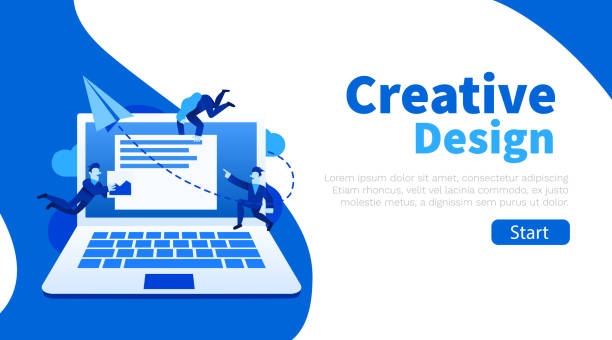
Launching a professional website design is not the end, but the beginning of a crucial phase of continuous monitoring and improvement.
To ensure your website always performs at its peak and achieves its goals, accurate performance evaluation and identification of areas for improvement are essential.
Analytics tools like Google Analytics provide invaluable information about website traffic, user behavior, traffic sources, and conversion rates.
Through a deep analysis of this data, you can identify weaknesses and optimize your strategies to improve user experience and increase conversions.
Additionally, performing A/B tests for various website elements (such as titles, call-to-action buttons, or page layouts) can help you find the best performance for each section.
Receiving feedback from users through surveys or feedback forms is also a valuable source for identifying problems and needs.
Regular content updates, optimizing loading speed, and ensuring website responsiveness across all devices are key measures for maintaining optimal performance and a high SEO ranking.
This is a continuous guidance process for your growth.
Did you know that 94% of a first impression of a company is related to its website design?
Rasaweb, by providing professional corporate website design services, helps you create the best first impression.
✅ Creating a professional and trustworthy image for your brand
✅ Easier attraction of potential customers and improved online presence
⚡ Get a free corporate website design consultation!
The Future of Web Design and Emerging Trends
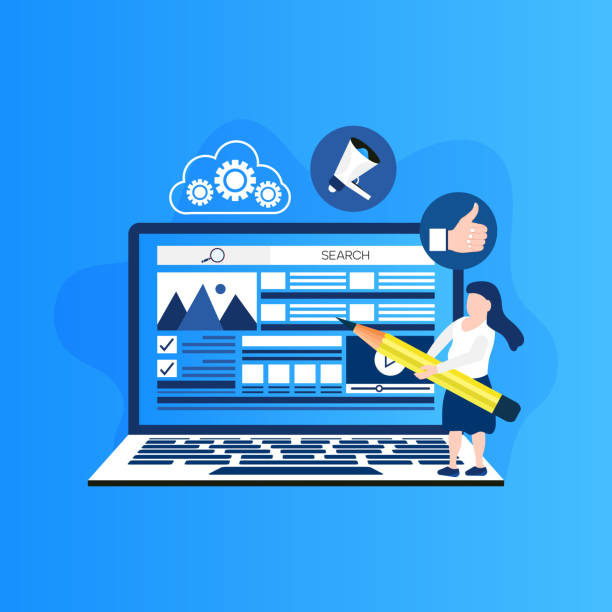
The world of professional website design is rapidly evolving, with new trends constantly emerging that shape the future landscape.
To stay competitive, designers and website owners need to be familiar with these updates and changes.
One of the most important trends is the increased use of Artificial Intelligence (AI) and Machine Learning (ML) in the web design process, from automated content generation to personalizing user experience based on previous user behavior.
Voice assistants and optimization for voice search have also gained increasing importance.
Progressive Web Apps (PWAs), which offer a user experience close to native applications, are also expanding.
Ethical design and user privacy, given new regulations like GDPR, have received more attention than ever.
Furthermore, interactive animations, micro-interactions, and 3D design also enhance the visual appeal of websites.
Virtual Reality (VR) and Augmented Reality (AR) also hold great potential for revolutionizing the web experience in the future.
These trends not only improve user experience but also provide new opportunities for creativity and innovation in professional website design and can also be entertaining.
How to Become a Successful Professional Web Designer?
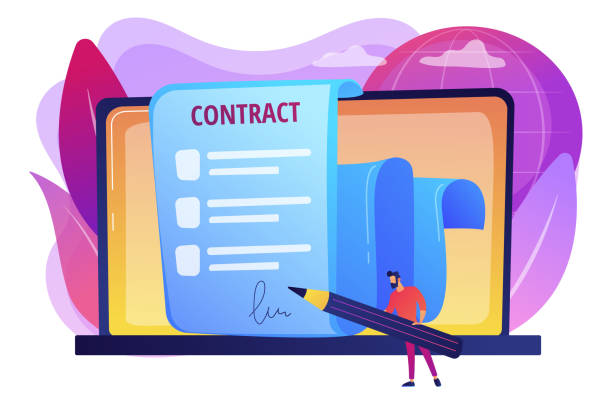
Becoming a professional website designer requires a combination of technical skills, creativity, and problem-solving ability.
On this path, continuous learning and keeping technical knowledge up-to-date are of paramount importance.
Given the rapid pace of technological change in this field, there is always something new to learn.
Extensive practice and building personal projects to create a strong portfolio is an excellent way to showcase your skills to potential clients or employers.
Collaborating with other designers and developers, participating in workshops and conferences, and joining online communities related to web design can help you expand your network and gain new experiences.
In addition to technical skills in HTML, CSS, JavaScript, and frameworks, a deep understanding of UI/UX principles, SEO, and even digital marketing also sets you apart.
The ability to communicate effectively with clients, understand their needs, and turn ideas into reality is a characteristic of a professional web designer. This is a comprehensive guide and educational resource for anyone who dreams of becoming a professional website designer.
With perseverance, passion, and continuous learning, you can become an expert in this field.
Frequently Asked Questions
| Question | Answer |
|---|---|
| What does professional website design mean? | Professional website design refers to creating a user-friendly, visually appealing, fast, secure, and search engine optimized website that meets business goals. |
| What are the most important features of a professional website? | Responsiveness, high speed, security, SEO-friendliness, excellent User Experience (UX) and User Interface (UI), quality content, and strong branding. |
| Why is responsive design crucial for a professional website? | Responsive design ensures that your website is displayed correctly on any device (computer, tablet, mobile), which is very important for user experience and Google ranking. |
| What is the role of UI and UX in professional website design? | UX (User Experience) focuses on ease of use and user satisfaction, while UI (User Interface) deals with the visual appearance and user interaction with the website. Both are essential for attracting and retaining the audience. |
| What is the role of SEO in professional website design? | SEO is a key pillar. A professional website must have a strong technical structure, optimized content, and high speed to achieve a good ranking in search engine results and be seen. |
| What tools or platforms can be used for professional website design? | Content management platforms like WordPress, Joomla, or Drupal; web development frameworks like React, Angular, or Vue.js; and graphic design tools like Figma or Adobe XD. |
| What are the main stages of designing a professional website? | Planning and research, wireframing and mockup design, development and coding, content input, testing and review, and finally launch and maintenance. |
| What is the importance of security in a professional website? | Website security is very important for protecting user data and business reputation. Using SSL/TLS, firewalls, regular backups, and updates are vital measures. |
| Does a professional website need maintenance after launch? | Yes, regular maintenance including software updates, checking for broken links, performance monitoring, backups, and adding fresh content is essential for maintaining website efficiency and ranking. |
| What distinguishes a professional website from an amateur one? | A professional website focuses on business goals, provides an exceptional user experience, adheres to high technical standards, and is continuously optimized for improvement, whereas an amateur website usually lacks these features. |
And other advertising services of Rasaweb Advertising Agency:
Analyzing the best time to publish ads for audio and video equipment manufacturers
Increasing the credibility of manufacturers with professional ads on commercial websites
Using keywords in ads for audio and video equipment manufacturers
The role of pricing in the success of manufacturers’ ads on commercial websites
Strategies to prevent fraud in manufacturers’ ads
And over hundreds of other services in the field of internet advertising, advertising consultation, and organizational solutions
Internet Advertising | Advertising Strategy | Advertorial
🚀 Ready to transform your business in the digital world? Rasaweb Afarin Digital Marketing Agency, specializing in SEO, online advertising, and custom website design, is your trusted partner on the path to growth. For a powerful online presence, contact us today!
📍 Tehran, Mirdamad Street, next to Bank Markazi, Southern Kazeroon Alley, Ramin Alley No. 6
